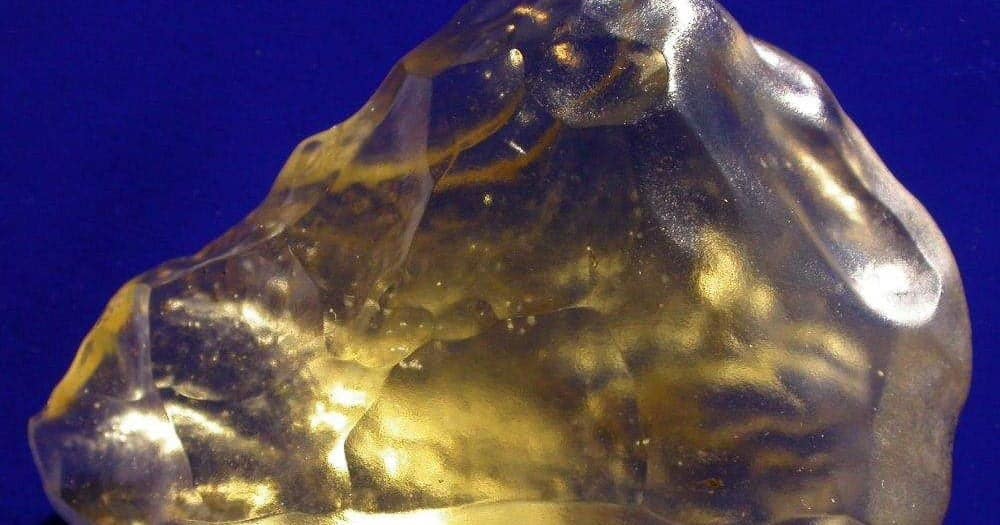An international team of scientists has defied nature to create diamonds in a few minutes in a laboratory at room temperature.
It is a process that normally takes billions of years, massive amounts of pressure and high temperatures. How was it possible to condense it into instant diamonds and Lonsdaleite?
Diamonds on demand
The team, led byAustralian National University (ANU) and the RMIT University, made two types of diamonds. One is the kind that can usually be found on an engagement ring.
The second type of diamond is what is commonly referred to as Lonsdaleite. It is found naturally in the meteorite impact site like the Diablo Canyon in the United States.
Natural diamonds usually form over billions of years, about 150 kilometers deep in the Earth, where there are high pressures and temperatures above 1.000 degrees Celsius
Jodie Bradby, ANU Research School of Physics.
The team had previously created Lonsdaleite in the lab only at high temperatures.

This unexpected new discovery shows that both Lonsdaleite and normal diamonds can form even at ambient temperatures simply by applying high pressures.
How high? Much. Like 640 African elephants on the tip of a dance shoe.
Instant diamonds: what's the secret?
The co-responsible researcher, Professor Dougal McCulloch and his team at RMIT used advanced electron microscopy techniques to understand from experimental samples how the two types of diamonds were formed.
The pressure combined with the torsion creates special veining of Lonsdaleite, among which also is the formation of normal diamonds. Lonsdaleite, named after crystallographer Dame Kathleen Lonsdale, has a different crystal structure than normal diamond.
This makes it 58% harder.
“Lonsdaleite has the potential to be used to cut ultra-solid materials at mine sites,” says Professor Bradby. “Creating more products like this, super useful for industrial cutting, is the long-term goal of this work.”
And what about “normal” diamonds, which are also a product of this technology? Hard times for jewelers? The team has no comment on the issue.


